
We all hear those stories of super successful entrepreneurs who get a crazy amount done before the sun rises. They shared with us their morning routine tips on how they can meditate, exercise, and get work done while most of us are still sleeping.
And yet, entrepreneurs have some of most hectic and erratic schedules around. They often don’t work your typical 9-5 in an office, and their calendars involve a ton of meetings, managing employees, lots of travel, and working on the weekends. Because they’re not necessarily doing the same thing every day, it can be hard to establish a daily routine.
We interviewed ten top SaaS entrepreneurs to hear about how they’ve developed a routine in the midst of a chaotic life, and where it’s gotten them. What’s more, it’s not particularly easy to stick to a routine—even if you know it works. A lot of founders often struggle to do their ideal morning routine and they fall short of this idealized entrepreneur.
But that doesn’t stop them from trying. Here are some of their morning routines, and the tips and tricks they use to adhere to them and gear up for a successful day.
Get Amped
Caffeine (the preferred start to my day along with a green smoothie and breakfast) gives you that boost you need first thing in the morning, but for a lot of entrepreneurs, it’s not enough. If you’ve got a busy day ahead of you, you need something more to wake up to. That’s why a lot of SaaS entrepreneurs do something that gets them amped in the a.m. as part of their morning routines.
Jonathan Kim, founder of Appcues, starts his day by watching a music video or playing a song he knows that will pump him up. “Lately, it’s been hip-hop or K-Pop,” he says. Getting pumped in the morning makes the rest of your day feel totally doable. That’s why Jonathan suggests that entrepreneurs start their day with something motivational. If K-Pop isn’t your cup of tea, he says, you can try a 2-minute music video or 30-minute yoga session.
An early boost is something Jonathan favors in his personal and professional life. His company, Appcues, helps companies drive user engagement in apps. One of the best ways to do that? Drive engagement early on by getting people excited about the app. If you get the ball rolling first thing by getting them amped about the app, it has a cascading effect. If you wait too long, people lose interest.
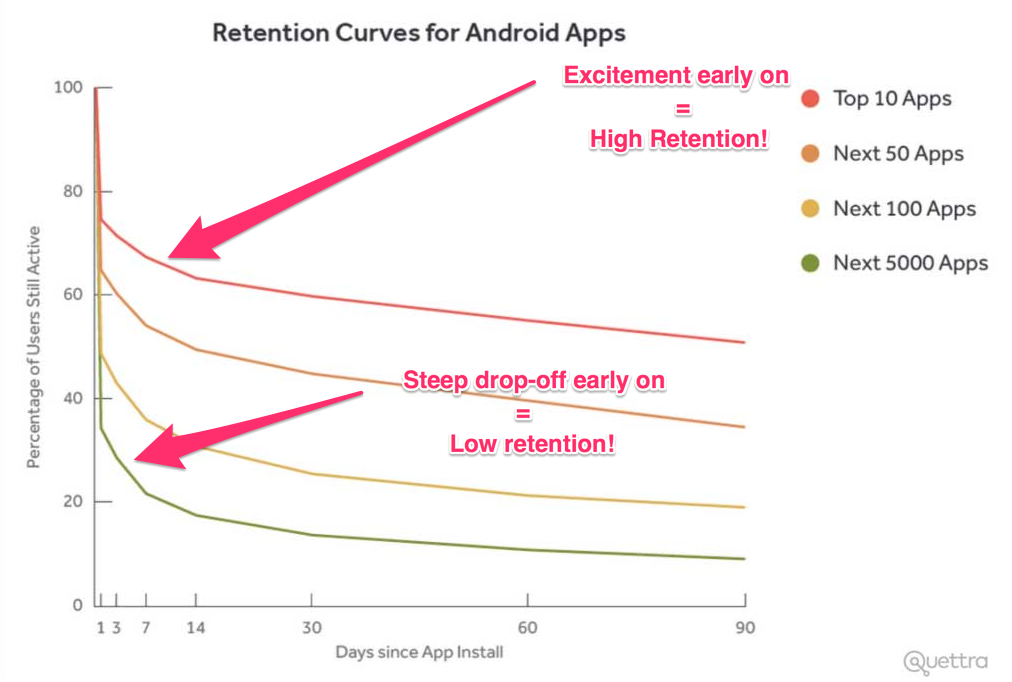
So whether you’re onboarding new users or heading into the office, do something to boost your excitement with your morning routine. It’ll ripple throughout your day.
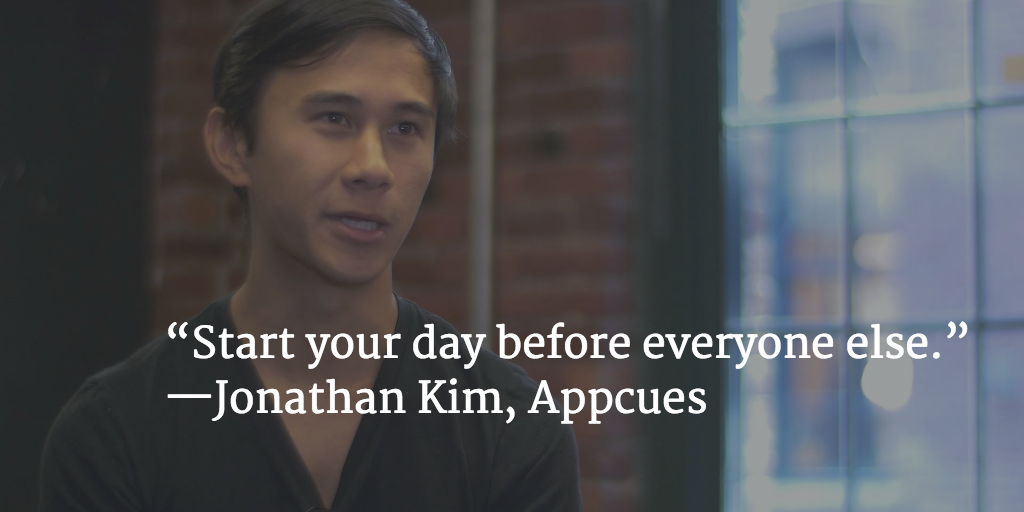
Find Inspiration
One way to do that is to look to other people for inspiration. That’s the theory behind Close.io founder Steli Efti’s 60-second motivational video, which he sends to his followers every morning. Close.io is a sales platform, so Steli often features sales advice, but the videos work for anyone who “lives and breathes the hustle,” in his words.
“Being motivated every single day is hard,” Steli says. We all need help getting amped in the morning. Steli gives his followers a motivational quote to think about the first thing in the morning—it could be something from Wayne Dyer, Steve Jobs, or Yoda.
By getting people inspired first thing, Steli helps people crush their day. For his viewers, it’s a small investment for a huge payoff.
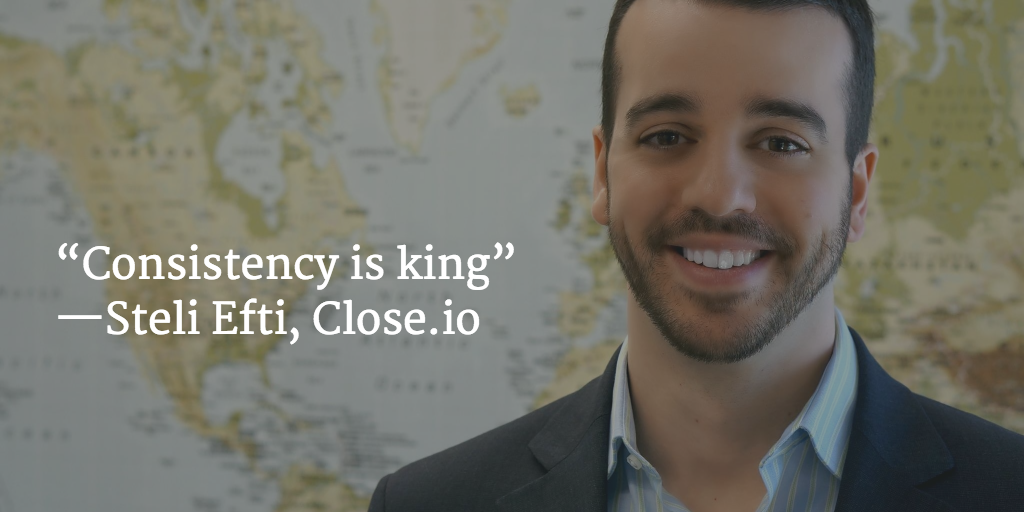
Accomplish Something Small
Another trick entrepreneurs use is to cross one thing off their to-do list—even if it’s really trivial.
Steve Klein, founder of StatusPage.io, subscribes to the same philosophy. He carves a little bit of time, up to a full hour, to do something valuable first thing as part of your morning routine. “Valuable” doesn’t mean catching up on busy work. It doesn’t mean answering backlogged emails or paperwork. It’s something you can genuinely feel proud of, whatever that means to you that day.
It’s a strategy he deploys in his work as well as his personal life. His company, StatusPage.io, builds status pages for some of the biggest names in web tech. And as fast-growing startup, they’re regularly onboarding engineers. When Steve brings a new hire onto the team, the first thing he does is to give them something valuable to do.
It can be a small task, like committing something to the codebase or deploying a line to production. But it allows new hires to ramp up quickly. By giving them real work instead of busy work, they feel accomplished and are ready to sink their teeth into the next task their given.
Think of it as priming the pump. Whether that means giving a new hire a real project or finishing a valuable task in the morning, it’ll make you feel accomplished and ready to tackle the rest of your to-do list.
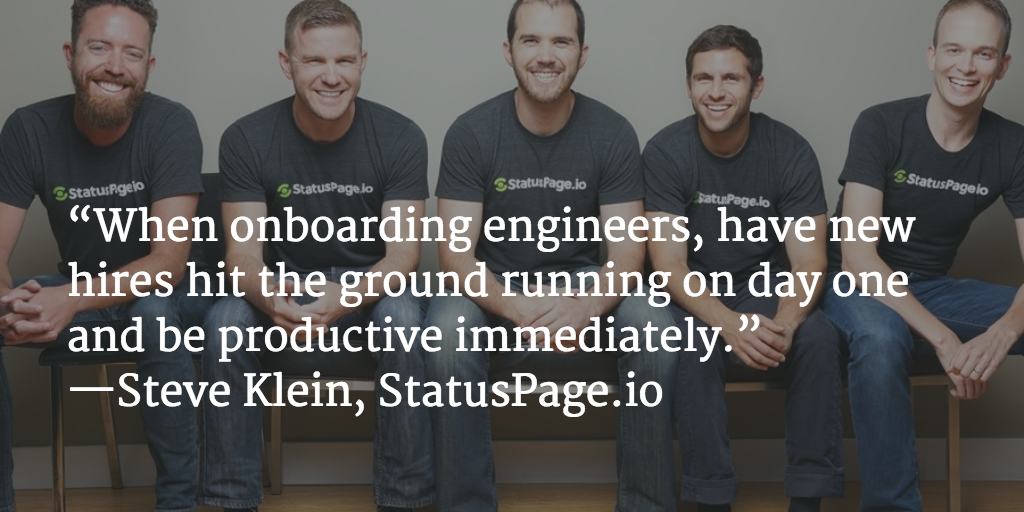
Why so many entrepreneurs work out in the morning
It’s no surprise that exercise factors into a lot of entrepreneurs’ morning routines. It’s why Paul Graham tells Y Combinator participants to spend their time at the incubator focusing on just three things: writing code, talking to users and exercising.
As Steve from StatusPage told us, he works out “more often than not—the benefits of exercise are well documented.” He’s right. Getting moving as part of your morning routine has crazy benefits, including lower stress rates, longer life expectancy, and even serves as an appetite suppressant.
But working out is also a way of accomplishing something first thing in the morning, which makes the rest of the day feel doable.
Working out makes people feel like they’ve finished something before the day has even begun. Chris Savage, the entrepreneur behind the video-hosting platform Wistia hits the gym 4-5 times a week. He told us that “moving first thing helps to focus me and feel accomplished before I actually make it to the office.” That crazy day ahead of him is suddenly less daunting.
Think about incremental progress
Chris has found that making (and tracking) incremental progress is a great way to grow out your flatsides, whether that means working on your bicep curls or your coding abilities. That’s because when we start something new—like a SaaS company—it can be frustrating when you don’t see results immediately. A lot of us get stuck in what Chris calls the “valley of despair,” when you’re still ramping up your abilities.
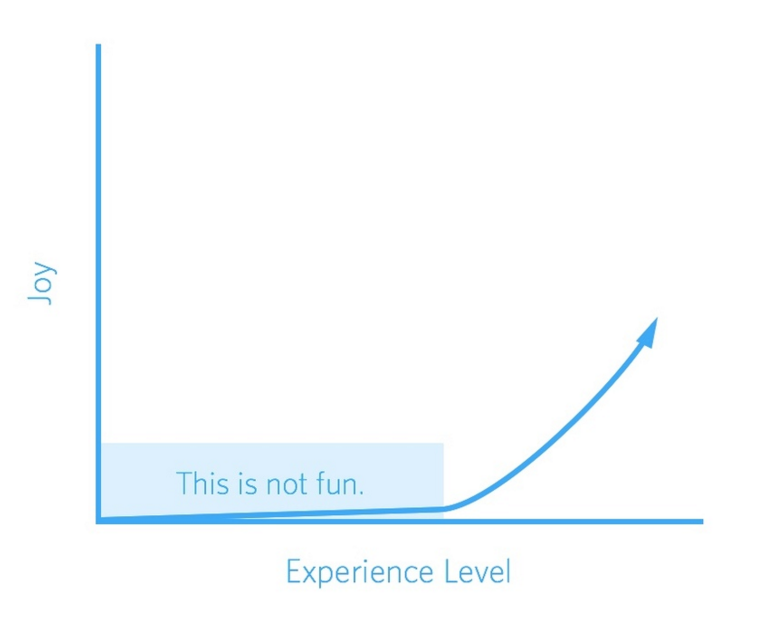
The solution? Change your metrics. Measure the small successes instead of thinking purely long term. As Chris says, “Instead of going into a startup thinking you’re going to sell the business for $50MM, measure how many new people you tell about the company in a month. Then move on to measuring the number of leads you get. Evolve your measurement so that your goals are attainable, but you’re also marching forward.”
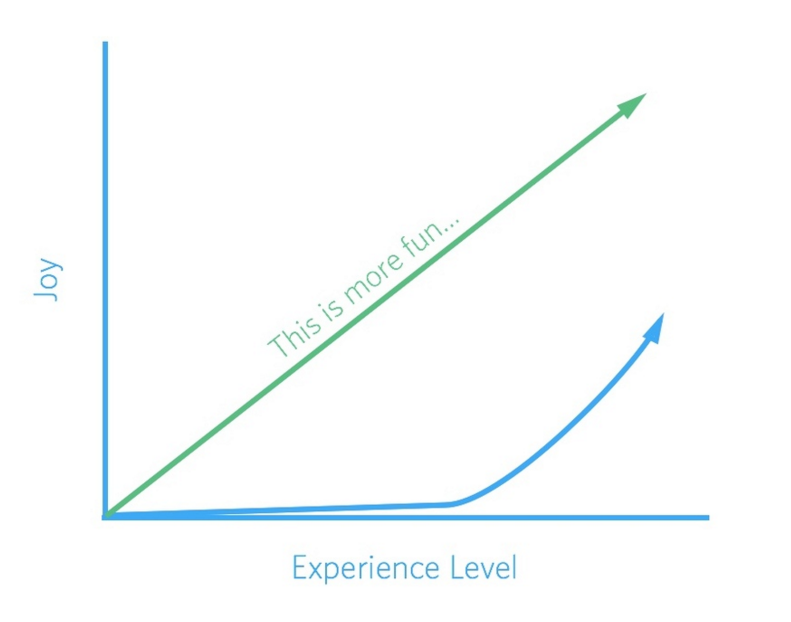
That kind of incremental progress starts first thing in the morning. Even if you’re focused on your startup’s MRR, you need to track small, measurable progress each morning, like going to the gym. The big successes will follow.
Set Specific Goals
Morning routines can be a great time to plan your day. You’re well rested, you’re feeling great, and you’re ready to tackle big projects. While the SaaS entrepreneurs we spoke to all tend to do some kind of task-planning first thing in the morning, they don’t focus on big picture stuff when making daily goals. Instead, they get super specific.
That’s why Jimmy Jacobson, co-founder of the polling tool Wedgies, starts each day by checking his calendar and setting specific goals for things he wants to accomplish that day. It’s why Chris Savage wakes up and makes a list of specific items and then prioritizes them. It’s why Paul Graham tells startup founders to use growth as their compass metric, and set clear goals on how to achieve it.
Go analog
A lot of apps promise to help you with your goal-setting. But for Patrick Campbell, the entrepreneur who founded both Price Intelligently and ProfitWell (which we use here at Process Street), analog is the way to go. Like any SaaS entrepreneur, Patrick relies on a bunch of apps and devices to get his work done. But when it comes to achieving a specific goal of the day, he has a special method to make sure he completes his top-priority item that’s totally low-tech, and super successful: a wristband.
Patrick wears a wristband that says “flip me” on one side and a green checkmark on the other. Each day, he assigns himself one goal—working out, getting a project out, sending a particular email—and when he completes that goal he flips the band to the side with the green checkmark.
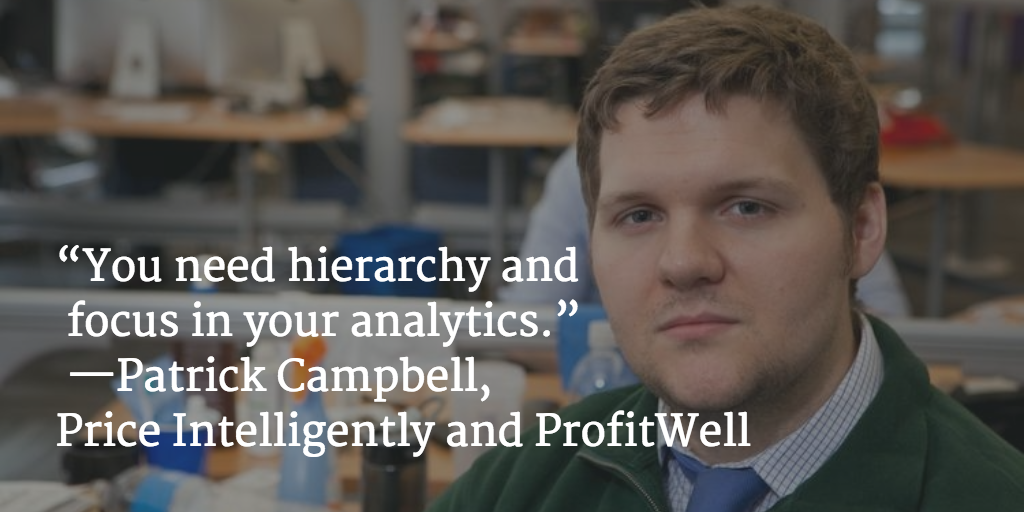
ProfitWell does something similar for its clients but on a much larger scale. It provides metrics to companies about how they’re doing, because ProfitWell wants customers to “always know exactly where you stand and if you’re on track, giving you and your team extra motivation when you’re behind and a bit more swagger when you’re ahead.”
The wristband is just one method of doing that. In addition, it’s a way of prioritizing metrics. You probably have a lot of metrics that track how well you’re doing on a day-to-day basis. But by choosing just goal above the rest of them, Patrick prioritizes one goal over others, which means he’s more likely to achieve it.
Every time he looks at his wrist, he has a reminder of that task he set for himself that morning and gets either extra motivation or a bit more swagger.
Or go digital…
While some may prefer analogue, I am more a digital person myself and there are many tools and apps out there that can help you form the perfect morning routine.
We recently wrote about how you can use Process Street for managing a daily routine checklist but there are plenty of alternatives.
Here are a few of my favorite:
Momentum – “Form new habits. Simply. Beautifully. Permanently.”
Habitica – “Motivate yourself to do anything.”
HabitClock – “Wake up to success every day.”
CoachMe – “Coaching that’s always with you”
Process Street – “Recurring checklists for tracking your daily tasks or anything else”
Streaks – “The to-do list that helps you form good habits.”
Go Fucking Do it – The name explains it well 🙂
Avoid Your Vices
For all the good habits we have, there are a number we want to try to keep at bay, whether it’s smoking or spending too much time on Reddit. If you indulge these bad habits in the morning, entrepreneurs told us, you’re likely to get the day off on the wrong foot.
A number of SaaS entrepreneurs we talked to had the same bad habits: too much time on email, too much time on social sites, too many meetings.
In order to get things moving, founders avoid their vices in the morning. Jimmy Jacobson (of Wedgies) says he has to steer clear of Facebook and Twitter first thing in the morning—it gives him the clarity he needs to tackle the rest of the day. He doesn’t avoid the sites entirely—he just doesn’t let them factor into his morning routine.
Protect your personal time
Colin Nederkoorn founded Customer.io, which helps companies send personalized emails at scale. It’s no surprise he’s found that one of his biggest vices (and distractions) is email.
That’s because the emails we receive are usually requests in some form—so whether it’s an advertisement or a work-related question from an employee, an email asks you (explicitly or implicitly) to take some action. Email marketers are getting better and better at crafting emails that resonate with people. So if you’re on the receiving end, responding to those requests can mean going down a deep rabbit hole.
That’s why Colin’s biggest advice for entrepreneurs is to not check your email first thing in the morning. He suggests that entrepreneurs “start by planning what you want to accomplish, then look at your email and fill in the gaps with other people’s tasks for you.” If you want to accomplish the goals you set for yourself, you need to avoid vices that can eat away at your high-premium personal time.
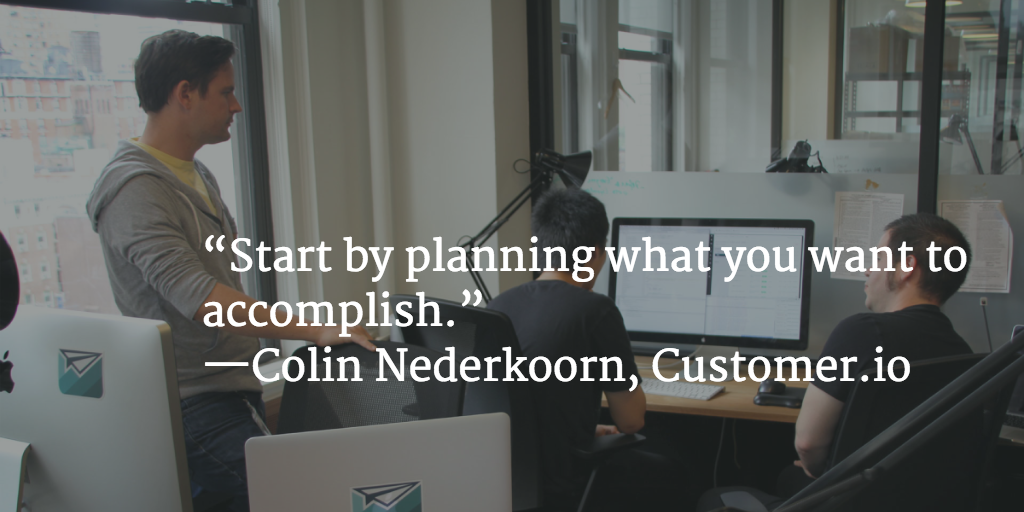
Table your distractions
Jonathan from Appcues says that one of his biggest time sucks is meetings. They can be really interesting and generative, but also distracting, as they cut into your own time.
His solution? Compartmentalize meetings. Instead of taking them in the mornings, when it will break up his routine, he schedules them for the end of the day or the week, “to get work done undistracted.” Setting aside time for your “vices”—whatever form they take–is a great way to maintain focus and clarity in the morning.
And if something distracting comes up, like an article you really want to read, try using an app like Pocket. Pocket lets you save articles on your phone to read them later. It lets you table your distraction to when you actually have time for it, so that clickbait doesn’t throw off your morning.
Stick to Routines
Everyone has that list of things they’d like to do in the morning. They’d like to go to the gym. They’d like to eat a complete breakfast. They’d like to work on their novel for 20 minutes. But in reality, a lot of us just press the snooze button. We think about the long day ahead of us and choose to do the bare minimum: roll out of bed, brush our teeth, get dressed.
As Patrick told us, “the biggest piece of advice I ever received was from Patrick Pichette, CFO of Google – routines are absolutely paramount. Make as much of your non-creative work into a routine as possible.”
A lot of entrepreneurs rely on routines, especially in the morning. Oliver Nassar, founder of the SaaS billing history platform AccountDock has similar advice for entrepreneurs: “Create a routine and stick with it.”
That’s because routines help you get more done, which is especially important if you’re running your own business. No matter what you’re doing that day, no matter how hectic your day can get, routines help them make sense of the chaos.
Figure a roadmap that works for you
Finding the right routine can be hard. Sticking to it can be even harder. Colin from SaaS company Customer.io, for example, says that as much as he wants to avoid vices, he gets hooked into news sites and playing Rocket League, which throw off his routine. It’s important to measure what kind of effects this has on your day—that way you can see how important it is to have a morning routine to begin with.
One way to look at it is to analyze what you’ve done at the end of the day and see what happened and why.
It’s something Chris from Wistia does, both for his customers and his company. Chris knows that looking at metrics is a great way to reverse-engineer your process. As Chris says, “If your goal is to get more people back to your website and to get more people to sign up for something like a product, or a newsletter, or a trial, then I always try to encourage people to look at those metrics too and to try to understand: Who is watching my video and then converting?”
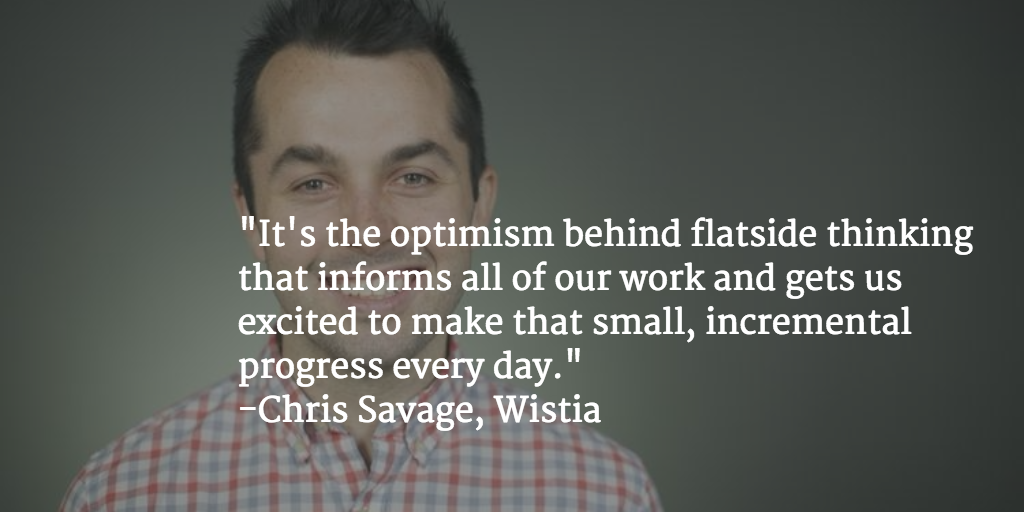
Figuring out a roadmap of how X affected Y applies to your business model but also your morning. You can look at metrics to see how close you stuck to your morning routine and how productive you were. At the end of the day, figure out what it was about your morning that worked (or didn’t). You’ll be able to reverse-engineer a routine that not only works but that you can sustain.
Bottom Line: Make Your Morning Routine a Habit
Once you have that figured it out, you need to take your routine and make it into a habit.
Routines are hugely important for personal productivity because it makes that list of morning tasks into a habit. As Charles Duhigg writes in The Power of Habit, it’s a way to become a champion. He writes, “Champions don’t do extraordinary things. They do ordinary things, but they do them without thinking… They follow the habits they’ve learned.”
If you set your alarm for 4:30 with the intention to meditate for an hour and then decide to not do it, you’re not forming a habit. When you get to the point when you can do it without thinking, it’s a habit.
These SaaS entrepreneurs are not superhuman, even though they might seem that way sometimes. They just do ordinary things, with extraordinary regularity. Their morning routines get them started off on the right foot, every day.
Do you find a morning routine works for you?







 Workflows
Workflows Projects
Projects Data Sets
Data Sets Forms
Forms Pages
Pages Automations
Automations Analytics
Analytics Apps
Apps Integrations
Integrations
 Property management
Property management
 Human resources
Human resources
 Customer management
Customer management
 Information technology
Information technology



Vinay Patankar
CEO and Co-Founder of Process Street. Find him on Twitter and LinkedIn.